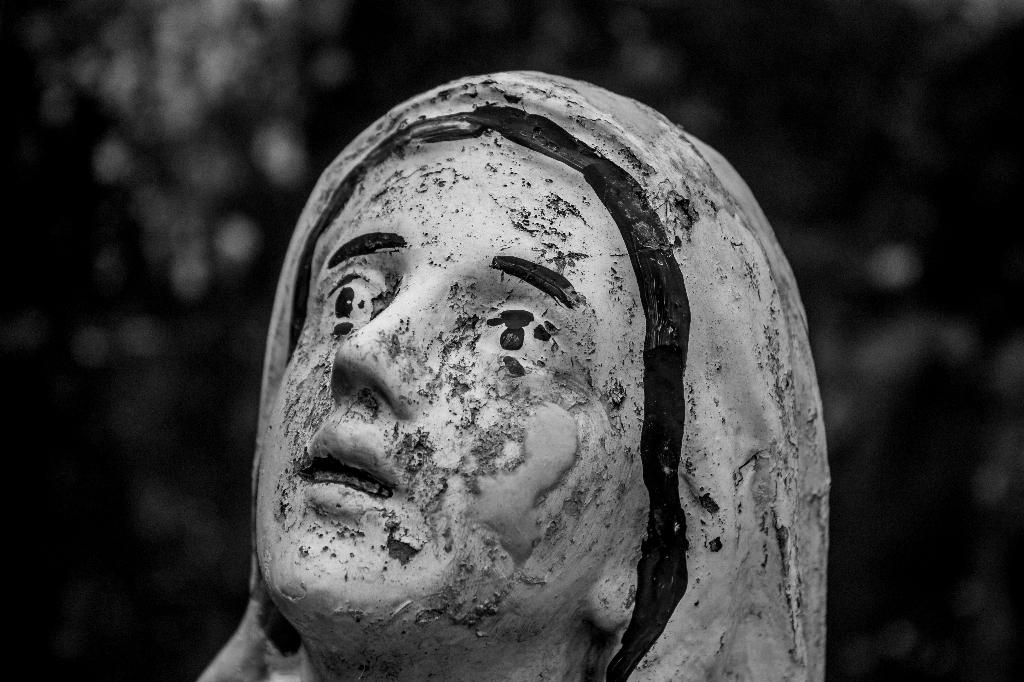Lent is a significant period in the liturgical calendar of the Catholic Church, marking a time of reflection, repentance, and preparation for the celebration of Easter. It is a season of spiritual growth and self-discipline, observed by Catholics around the world. One common question that often arises is: how many days does Lent last? In this article, we will delve into the duration of Lent in the Catholic Church and explore its significance in the faith.
Duration of Lent
Lent, in the Catholic Church, lasts for a period of 40 days. This period does not include Sundays, as they are considered celebrations of the Resurrection and are not counted as part of the penitential season. The number 40 holds a special spiritual significance within Christianity, as it symbolizes the 40 days that Jesus spent fasting in the wilderness before beginning his public ministry.
Understanding the Number of Days in Lent
The 40 days of Lent are calculated from Ash Wednesday to Holy Saturday, the day before Easter Sunday. This duration is symbolic and mirrors the 40 days that Jesus spent fasting in the desert. Just as Jesus prepared himself for his ministry through prayer, fasting, and reflection, Catholics also engage in these practices during Lent to draw closer to God.
Observance of Lenten Practices
During the Lenten season, Catholics engage in various spiritual practices as a way to deepen their faith and grow closer to God. These practices commonly include prayer, fasting, and almsgiving. Prayer allows individuals to communicate with God and seek His guidance, while fasting involves abstaining from certain pleasures or indulgences as a form of self-discipline and penance. Almsgiving, on the other hand, emphasizes acts of charity and generosity toward those in need.
Important Dates and Traditions within Lent
Within the 40-day span of Lent, certain significant dates and traditions are observed in the Catholic Church. Two important dates during Lent are Ash Wednesday, which marks the beginning of the season, and Good Friday, which commemorates the crucifixion of Jesus. On Ash Wednesday, Catholics receive ashes on their foreheads as a sign of repentance and mortality. Good Friday is a day of fasting and abstinence, reflecting on the sacrifice of Jesus.
Additionally, the Sundays during Lent are considered mini-celebrations of the Resurrection, often referred to as “Little Easters.” These Sundays provide a brief respite from the penitential character of Lent.
Differences in Observing Lent
While the duration of Lent remains consistent across the Catholic Church, there may be some variations in how it is practiced. Different cultural and regional traditions within Catholicism may add unique customs or devotions to the observance of Lent. These variations, however, do not alter the core elements of reflection, repentance, and preparation for Easter.

Conclusion
In conclusion, Lent in the Catholic Church lasts for 40 days, excluding Sundays, and holds great spiritual significance. It is a time of self-reflection, repentance, and preparation for the joyous celebration of Easter. The practices and traditions associated with Lent help individuals deepen their faith and grow in their relationship with God. Understanding the duration and significance of Lent allows Catholics to fully embrace this meaningful season and embark on a spiritual journey of renewal and transformation.
